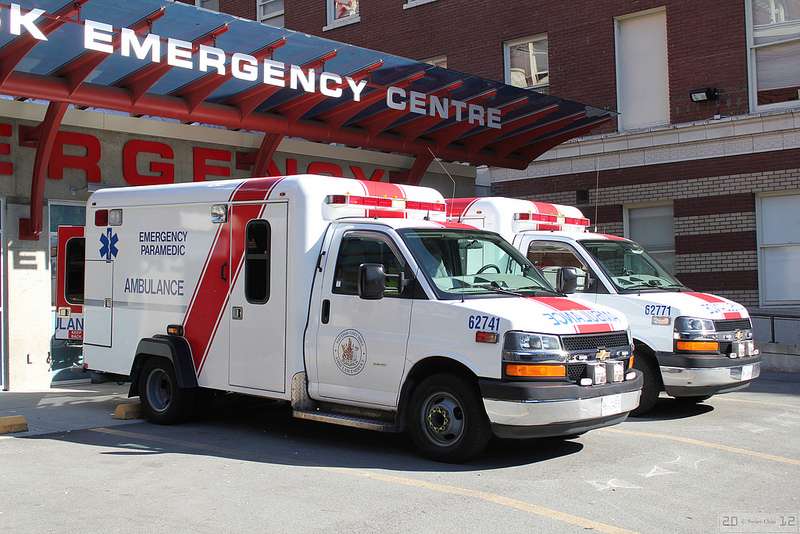Ageing citizens to flood emergency departments

Emergency departments in WA will become busier over the next five years with the highest demand coming from older citizens, according to a recently tested forecast model.
The multivariate vector autoregressive moving average (VARMA) was developed by Department of Health, Curtin University and University of Western Australia researchers and predicts people aged 65 years and over in the metropolitan area will experience the highest percentage increase in presenting to EDs.
Modelling took into account patient age, place of treatment, disposition (admitted, transferred or non-admitted) and Australasian Triage Scale (ATS), which categorises patients according to the severity of their presenting ailment and priority for treatment.
VARMA also forecasts an increase in ATS two and three and admitted patients.
ATS two is the triage level of emergency/very urgent condition, requiring treatment within 10 minutes; while ATS three is urgent condition, requiring treatment within 30 minutes.
The researchers say these trends are likely due to WA's growing and ageing population, increasing disease complexity and social factors such as drug and alcohol abuse.
The model could help patients and the state's bottom line.
"Employing VARMA is vital for WA, which like many health care systems in the developed world, is struggling to cope with increasing demand for services, which can manifest itself in emergency department overcrowding," Department of Health researcher Dr Qun Mai says.
"Hence, access to and quality of health care is diminished and this is a threat to patient safety and public health.
"The knowledge gained from an accurate prediction of the amount of future ED demand would provide valuable information for strategic planning and possibly ameliorate ED overcrowding."
VARMA produced best ED predictions
To test VARMA's accuracy, researchers drew on seven years of monthly data from public hospital EDs across the state.
They plugged the first five years of data into three time-series analysis models—VARMA, the univariate autoregressive integrated moving average model (ARMA) and the Winter's method—and compared respective predicted outcomes to the known outcomes from the last two years of data.
"The best forecast method was the VARMA, while ARMA models were a closely competing method; however, ARMA models under-predicted ED demand," Dr Mai says.
"The forecasts produced by the Winters' method were not accurate enough, and even produced a poor forecast for some variables."
VARMA's strength is that it captures how factors such as patient age and ATS affect one another, thus providing more complete outcomes.
The researchers next hope to investigate the drivers of seasonal fluctuations in ED use which they found in the modelling.

















